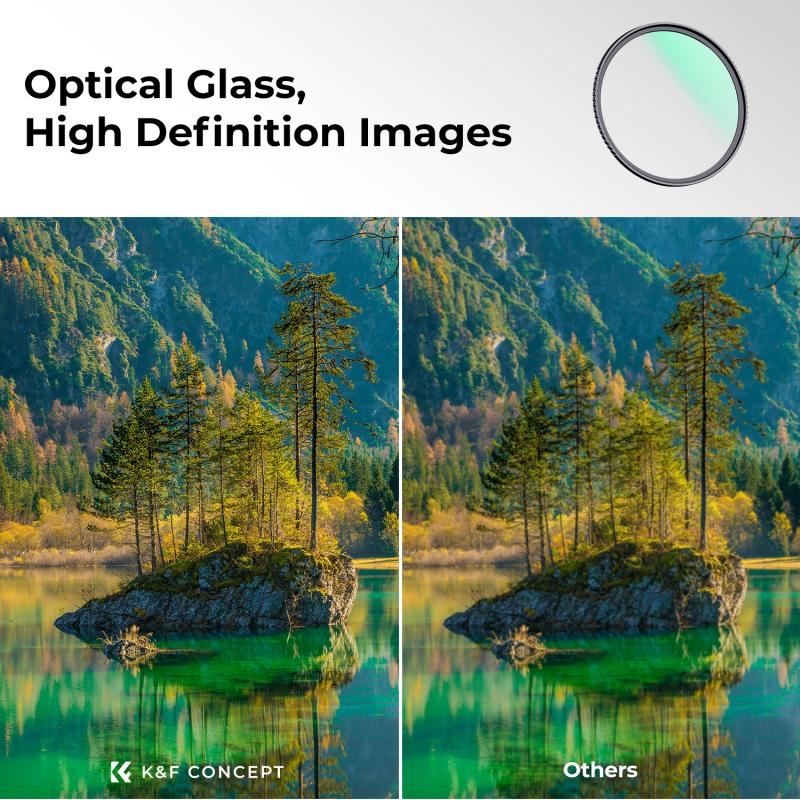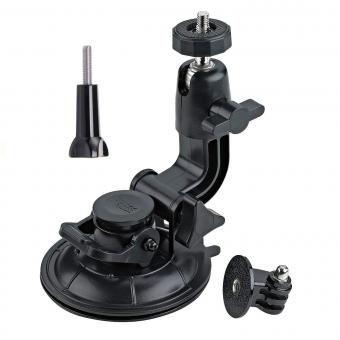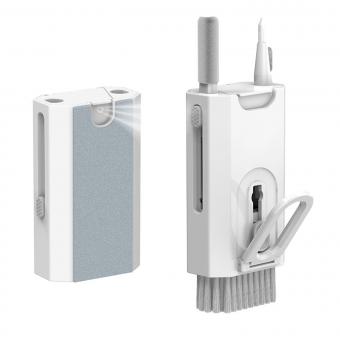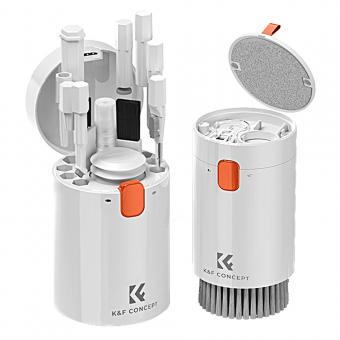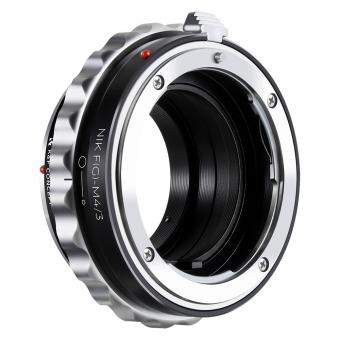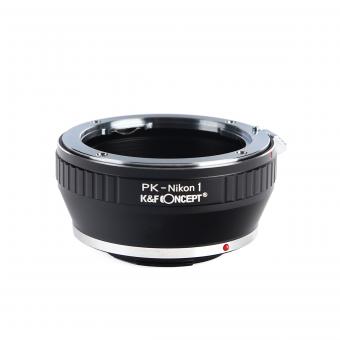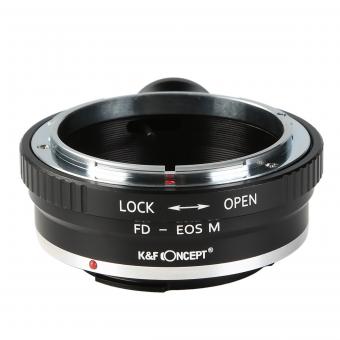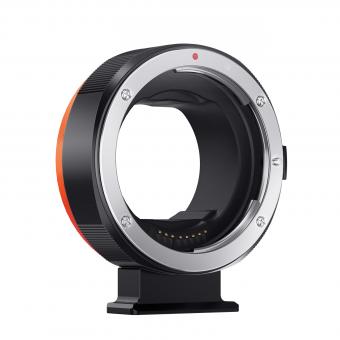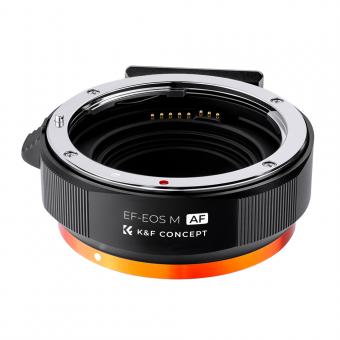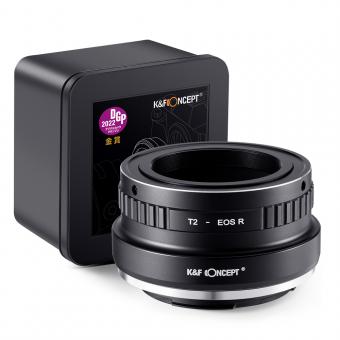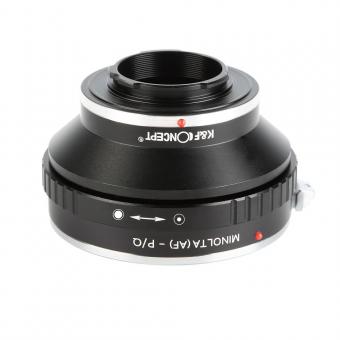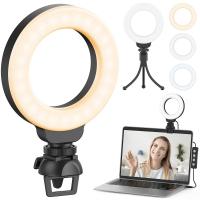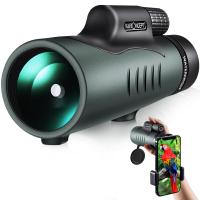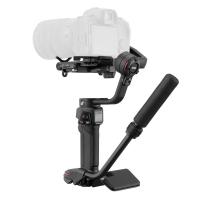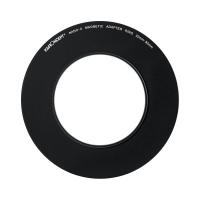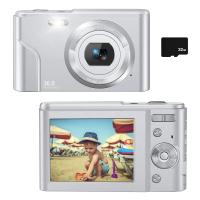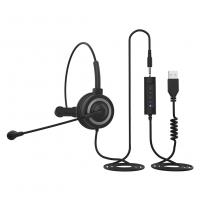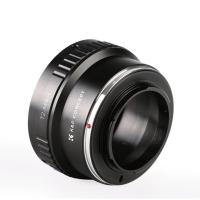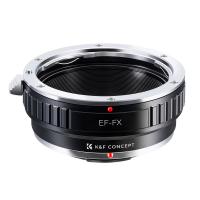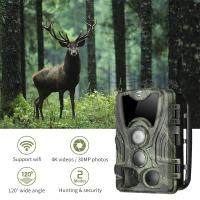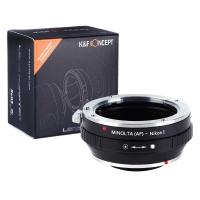How To Clean Mirrorless Sensor ?
To clean a mirrorless sensor, you can follow these steps:
1. Start by ensuring that your camera's battery is fully charged or has enough power to complete the cleaning process.
2. Set your camera to sensor cleaning mode. This mode will lock up the mirror and open the shutter, allowing you to access the sensor.
3. Use a blower or a brush specifically designed for sensor cleaning to remove any loose dust or debris from the sensor surface. Be gentle and avoid applying too much pressure.
4. If there are stubborn stains or smudges on the sensor, you can use a sensor cleaning swab and a sensor cleaning solution. Apply a few drops of the solution to the swab and gently swipe it across the sensor surface in a single motion.
5. After cleaning, inspect the sensor using a sensor loupe or a magnifying glass to ensure that it is free from any remaining dust or marks.
6. Once you are satisfied with the cleaning, exit the sensor cleaning mode and turn off your camera.
Remember, sensor cleaning can be a delicate process, so it's important to exercise caution and follow the manufacturer's instructions or seek professional assistance if you are unsure.
1、 Understanding mirrorless sensor cleaning techniques and tools
Understanding mirrorless sensor cleaning techniques and tools is essential for maintaining the optimal performance of your camera. Mirrorless cameras, like DSLRs, have a sensor that can accumulate dust, dirt, and other particles over time, resulting in spots and blemishes on your images. Cleaning the sensor requires caution and the right tools to avoid damaging the delicate surface.
To clean a mirrorless sensor, follow these steps:
1. Prepare a clean and dust-free environment: Find a well-lit area with minimal airflow to reduce the chances of introducing more particles during the cleaning process.
2. Use a blower: Start by using a blower to remove loose dust and debris from the sensor. Hold the camera upside down and gently squeeze the blower to blow air onto the sensor surface. Avoid touching the sensor with the blower tip.
3. Sensor swabs and cleaning solution: If the blower doesn't remove all the particles, you may need to use sensor swabs and a cleaning solution. Choose swabs specifically designed for mirrorless sensors and apply a few drops of the recommended cleaning solution to the swab.
4. Swab the sensor: With the camera in sensor cleaning mode (usually found in the camera settings), gently swipe the swab across the sensor surface in one direction. Avoid applying excessive pressure or reusing a dirty swab.
5. Inspect and repeat if necessary: After cleaning, use the camera's sensor cleaning mode to inspect the sensor for any remaining spots. If needed, repeat the process until the sensor is clean.
It's important to note that sensor cleaning can be a delicate process, and if you're unsure or uncomfortable doing it yourself, it's best to seek professional assistance. Additionally, always refer to your camera's manual for specific instructions and recommendations.
The latest point of view on mirrorless sensor cleaning is the emergence of self-cleaning sensor technology in many mirrorless cameras. These cameras have built-in mechanisms that vibrate the sensor to shake off dust particles. While this technology can help reduce the frequency of manual cleaning, it may not eliminate the need entirely, especially for stubborn particles. Therefore, understanding and practicing proper sensor cleaning techniques remain crucial for maintaining optimal image quality.
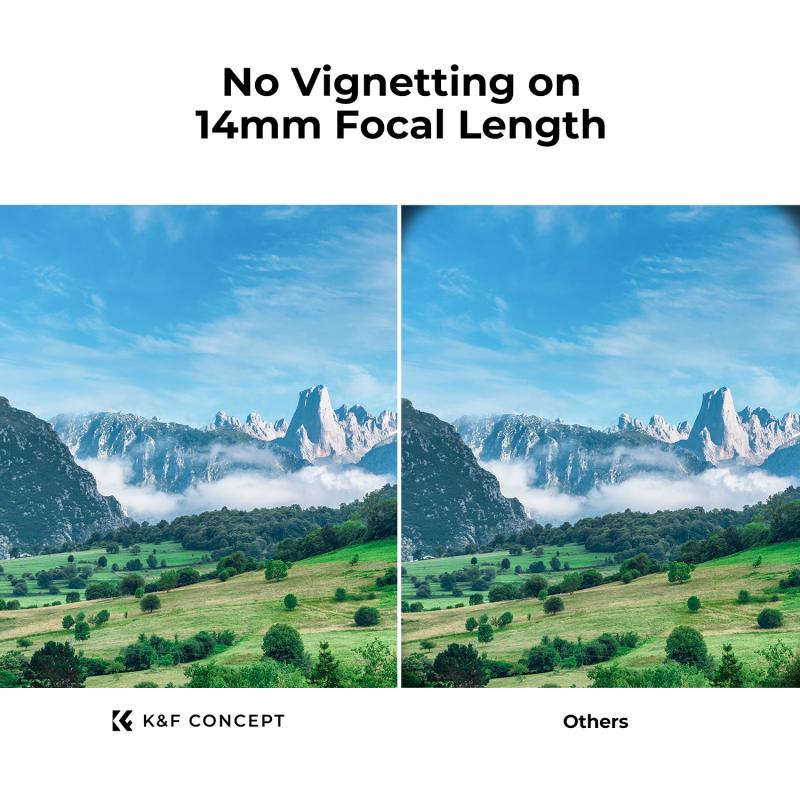
2、 Step-by-step guide to safely clean a mirrorless camera sensor
Step-by-step guide to safely clean a mirrorless camera sensor:
1. Gather the necessary tools: You will need a sensor cleaning kit, which typically includes a sensor cleaning swab, sensor cleaning solution, and a blower brush. Make sure to choose a kit specifically designed for mirrorless cameras.
2. Prepare a clean and dust-free environment: Find a well-lit area with minimal dust. It is recommended to clean the sensor indoors to avoid any wind or debris.
3. Remove the lens: Turn off the camera and remove the lens carefully. Keep the camera facing downwards to prevent any dust from falling onto the sensor.
4. Use a blower brush: Gently use a blower brush to remove any loose dust particles from the sensor. Hold the camera with the lens mount facing downwards and use the blower brush to blow air onto the sensor surface.
5. Inspect the sensor: Activate the camera's sensor cleaning mode to expose the sensor. Use a sensor loupe or a magnifying glass to inspect the sensor for any stubborn dust or smudges.
6. Apply sensor cleaning solution: Moisten a sensor cleaning swab with a few drops of sensor cleaning solution. Be sure to use a swab that is the appropriate size for your camera's sensor.
7. Clean the sensor: With a steady hand, gently swipe the swab across the sensor surface in one direction. Avoid applying excessive pressure or moving the swab back and forth, as this can cause damage.
8. Repeat if necessary: If there are still visible spots or smudges, repeat the cleaning process with a fresh swab. It is important to use a new swab for each cleaning to avoid cross-contamination.
9. Reattach the lens: Once you are satisfied with the cleaning, carefully reattach the lens to the camera body.
10. Perform a test shot: Take a test shot to ensure that the sensor is clean and free of any remaining dust or smudges.
It is worth noting that cleaning the sensor can be a delicate process, and if you are unsure or uncomfortable doing it yourself, it is recommended to seek professional assistance. Additionally, always refer to your camera's manual for specific instructions and precautions.

3、 Common mistakes to avoid when cleaning a mirrorless sensor
How to clean a mirrorless sensor:
Cleaning the sensor of a mirrorless camera is a delicate process that requires caution and precision. Here are the steps to follow:
1. Gather the necessary tools: You will need a blower, sensor cleaning swabs, and a sensor cleaning solution. Make sure to use a cleaning solution specifically designed for camera sensors.
2. Prepare a clean and dust-free environment: Find a well-lit area with minimal dust. It is recommended to clean the sensor indoors to avoid any particles from the environment.
3. Remove the lens: Turn off the camera and remove the lens carefully. This will expose the sensor for cleaning.
4. Use a blower: Gently blow air onto the sensor to remove any loose dust particles. Be careful not to touch the sensor with the blower tip.
5. Apply the cleaning solution: Moisten a sensor cleaning swab with a few drops of the cleaning solution. Be sure to use a swab that is the appropriate size for your camera's sensor.
6. Clean the sensor: Gently swipe the swab across the sensor in one direction, avoiding any excessive pressure. Use a new swab for each swipe to prevent cross-contamination.
7. Inspect the sensor: After cleaning, use a magnifying loupe or the camera's built-in sensor cleaning function to inspect the sensor for any remaining dust or smudges. If necessary, repeat the cleaning process.
Common mistakes to avoid when cleaning a mirrorless sensor:
1. Using excessive force: Applying too much pressure while cleaning the sensor can damage the delicate surface. Always handle the sensor with care and use gentle, controlled movements.
2. Using improper cleaning tools: Using the wrong type of swabs or cleaning solutions can leave residue or scratches on the sensor. Make sure to use tools specifically designed for sensor cleaning.
3. Cleaning too frequently: Cleaning the sensor too often can increase the risk of damage. Only clean the sensor when necessary, such as when visible dust or smudges affect image quality.
4. Ignoring the camera's built-in cleaning function: Many mirrorless cameras have a built-in sensor cleaning function. Use this function before resorting to manual cleaning, as it can effectively remove some dust particles.
5. Not following the manufacturer's instructions: Different camera models may have specific cleaning instructions provided by the manufacturer. Always consult the camera's manual or the manufacturer's website for guidance.
It is important to note that cleaning the sensor yourself carries some risk, and if you are unsure or uncomfortable with the process, it is recommended to have it cleaned by a professional camera technician.
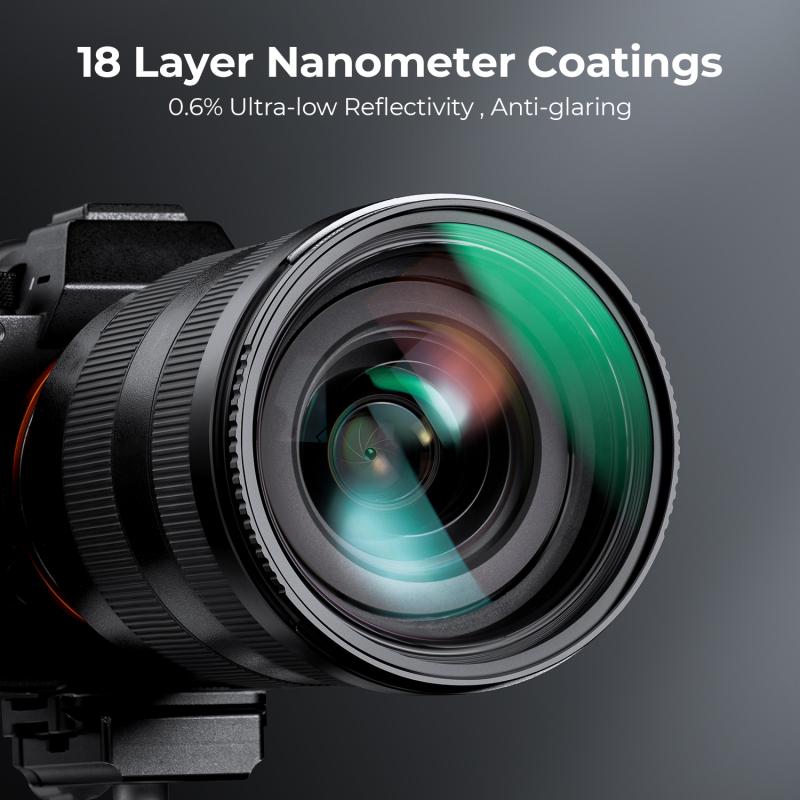
4、 Importance of regular sensor maintenance for optimal image quality
Importance of regular sensor maintenance for optimal image quality:
Regular sensor maintenance is crucial for maintaining optimal image quality in mirrorless cameras. The sensor is the heart of the camera, responsible for capturing light and converting it into digital information. Over time, dust, dirt, and other particles can accumulate on the sensor, leading to visible spots or blemishes in the images.
Cleaning the mirrorless sensor is a delicate process that requires proper tools and techniques. Here is a step-by-step guide on how to clean the mirrorless sensor:
1. Start by ensuring a clean environment: Find a dust-free area to work in, preferably indoors. Avoid areas with excessive airflow or static electricity, as they can attract more dust particles.
2. Use a blower to remove loose particles: Gently blow air onto the sensor to dislodge any loose dust or debris. Be careful not to touch the sensor with the blower tip.
3. Use a sensor cleaning swab: If there are stubborn particles remaining, a sensor cleaning swab can be used. These swabs are specifically designed to safely remove dirt from the sensor surface. Follow the manufacturer's instructions for proper usage.
4. Check for smudges or oil spots: Sometimes, smudges or oil spots can appear on the sensor. In such cases, a sensor cleaning solution and a sensor cleaning swab can be used to remove them. Apply a small amount of the solution to the swab and gently wipe the sensor surface.
5. Perform a test shot: After cleaning the sensor, take a test shot to ensure that the image quality has improved. If there are still visible spots or blemishes, repeat the cleaning process.
Regular sensor maintenance is essential for photographers who want to achieve the best image quality. It is recommended to clean the sensor every few months or whenever visible spots appear in the images. However, it is important to note that sensor cleaning can be a delicate process, and if you are unsure or uncomfortable doing it yourself, it is best to seek professional assistance.
In recent years, some mirrorless cameras have introduced self-cleaning sensor mechanisms that help reduce the accumulation of dust particles. These mechanisms use ultrasonic vibrations to shake off dust from the sensor surface. While these systems can be effective in preventing dust buildup, they are not foolproof and may not remove all particles. Therefore, regular sensor maintenance is still necessary for optimal image quality.
In conclusion, regular sensor maintenance is of utmost importance for mirrorless cameras to ensure optimal image quality. By following proper cleaning techniques and using the right tools, photographers can keep their sensors clean and free from dust, resulting in sharper and blemish-free images.
